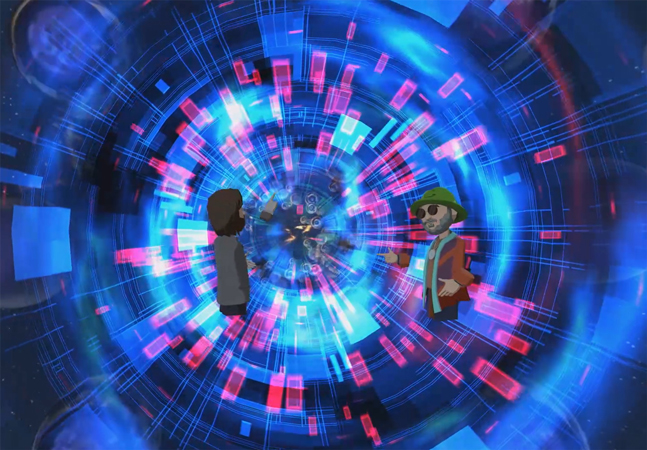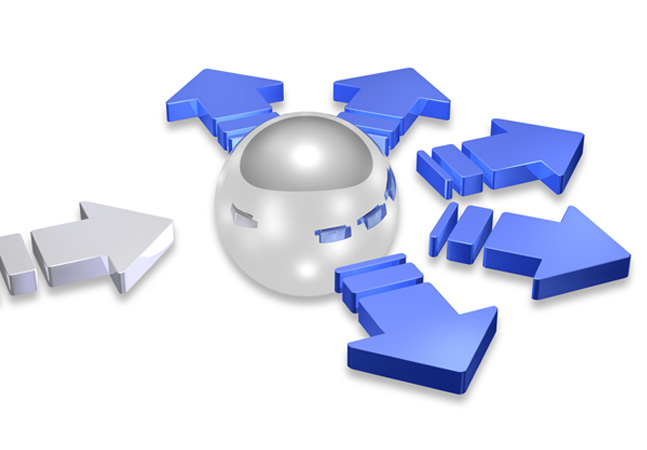
With Visual Studio 2022 having debuted just one month ago, there are now dozens of new extensions available specifically targeting the revolutionary 64-bit IDE.

Dr. James McCaffrey of Microsoft Research uses the Hugging Face library to simplify the implementation of NLP systems using Transformer Architecture (TA) models.
- By James McCaffrey
- 12/07/2021

Dr. James McCaffrey of Microsoft Research shows how to implement simulated annealing for the Traveling Salesman Problem (find the best ordering of a set of discrete items).
- By James McCaffrey
- 12/01/2021

The goal is sentiment analysis -- accept the text of a movie review (such as, "This movie was a great waste of my time.") and output class 0 (negative review) or class 1 (positive review).
- By James McCaffrey
- 11/16/2021

The goal is to create a model that accepts a sequence of words such as "The man ran through the {blank} door" and then predicts most-likely words to fill in the blank.
- By James McCaffrey
- 11/03/2021

The main advantage of using PCA for anomaly detection, compared to alternative techniques such as a neural autoencoder, is simplicity -- assuming you have a function that computes eigenvalues and eigenvectors.
- By James McCaffrey
- 10/21/2021

Dr. James McCaffrey of Microsoft Research presents a simple technique he has used with good success, previously unpublished and without a standard name.
- By James McCaffrey
- 10/04/2021

Eric Vogel provides step-by-step instructions to create an ASP.NET 5 Core web app in Visual Studio 2019 and embed a Power BI report in it.

At first thought, computing the similarity/distance between two datasets sounds easy, but in fact the problem is extremely difficult, explains Dr. James McCaffrey of Microsoft Research.
- By James McCaffrey
- 09/20/2021

Dr. James McCaffrey of Microsoft Research explains stochastic gradient descent (SGD) neural network training, specifically implementing a bio-inspired optimization technique called differential evolution optimization (DEO).
- By James McCaffrey
- 09/07/2021

Dr. James McCaffrey of Microsoft Research shows how to compute the Wasserstein distance and explains why it is often preferable to alternative distance functions, used to measure the distance between two probability distributions in machine learning projects.
- By James McCaffrey
- 08/16/2021

Dr. James McCaffrey of Microsoft Research explains how to implement a geometry-inspired optimization technique called spiral dynamics optimization (SDO), an alternative to Calculus-based techniques that may reach their limits with huge neural networks.
- By James McCaffrey
- 08/02/2021

Dr. James McCaffrey of Microsoft Research uses a full movie review example to explain the natural language processing (NLP) problem of sentiment analysis, used to predict whether some text is positive (class 1) or negative (class 0).
- By James McCaffrey
- 07/06/2021

Dr. James McCaffrey of Microsoft Research demonstrates applying the L-BFGS optimization algorithm to the ML logistic regression technique for binary classification -- predicting one of two possible discrete values.
- By James McCaffrey
- 06/23/2021

With advanced IntelliSense/IntelliCode functionality continually being infused into Visual Studio 2019, some developers are using the Quick Actions and Refactorings light bulb to learn new C# coding tricks.

Test projects give you a way to exercise your code to see if it works but they're also part of your project's "permanent record." If all you want to do is try something out with some throwaway code, C# Scripting in Visual Studio might be a better choice.

SQL Server's OpenJson function will let you dismantle JSON structures into relational tables, including tables with foreign/primary key relationships.

Dr. James McCaffrey of Microsoft Research explains a generative adversarial network, a deep neural system that can be used to generate synthetic data for machine learning scenarios, such as generating synthetic males for a dataset that has many females but few males.
- By James McCaffrey
- 06/02/2021

Here's how you can use SQL Server's OpenJson function to dismantle JSON structures into relational tables targeting either transactional systems or data warehouses.

Dr. James McCaffrey of Microsoft Research provides a code-driven tutorial on PUL problems, which often occur with security or medical data in cases like training a machine learning model to predict if a hospital patient has a disease or not.
- By James McCaffrey
- 05/21/2021